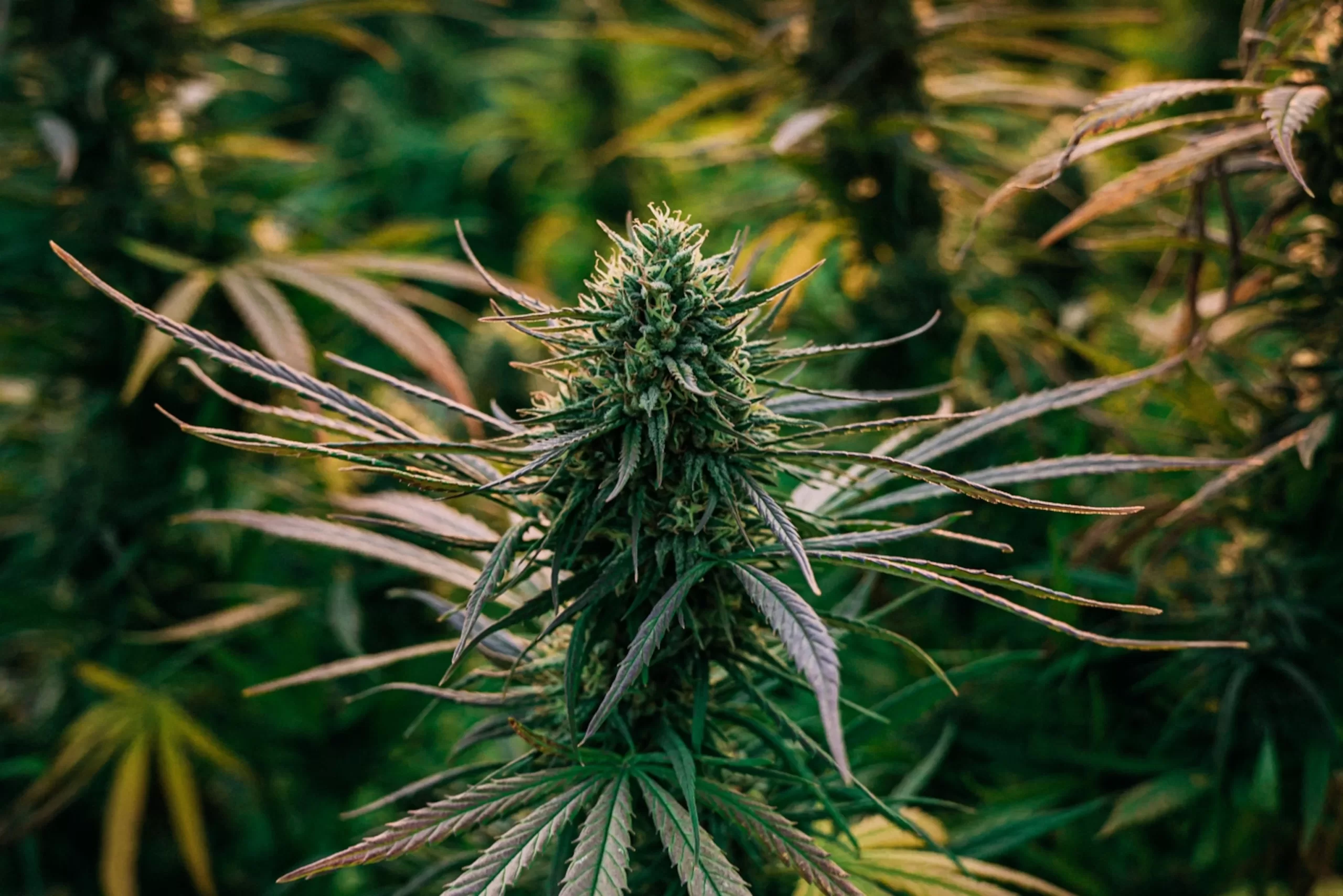A package of federal legislation known as the Farm Bill — the most impactful piece of legislation related to agriculture — is proposed, debated and passed by Congress and signed into law by the president. The current Farm Bill was enacted in December 2018 and expires in 2023. As leaders look ahead to the next version of the Farm Bill, here are some important things to know.
The original Farm Bill was enacted during the 1930s as part of the New Deal and had three main goals:
- Keep food prices fair for farmers and consumers.
- Ensure an adequate food supply.
- Protect and sustain the country’s vital natural resources.
Each iteration of the bill is unique, governing a vast array of agricultural and food-related programs, including nutrition, forestry management, crop insurance for farmers and much more. Historically, the Farm Bill has been bipartisan. According to the American Farm Bureau, the Farm Bill “has brought more and more stakeholders to the discussion, including national farm groups, commodity associations, state organizations, nutrition and public health officials, and a variety of advocacy groups for conservation, recreation, rural development, local food systems, and certified organic production.”
Why It Matters
At nearly 1,000 pages, the Farm Bill intersects with a multitude of topics, such as health care, poverty, climate change and school foods. However, most citizens are not familiar with the bill and its length and complexity can cause difficulties for policymakers.
Various stakeholders have emphasized why everyone should care about the Farm Bill. For example, this legislation provides universities with funding for research on important topics, assists those impacted by natural disasters and bolsters the ability of local communities to expand recreational and outdoor activities.
Those who have studied previous versions note that “regional interests dominate.” As such, it is important that policymakers from every state understand community needs and what Congress may include in the next bill. For example, the Farm Bill can have a dramatic impact on rural America by investing in expanded access to broadband. The Farm Bill could provide state leaders the ability to fund broadband infrastructure projects. Additionally, the 2018 Farm Bill included funding for the Farm and Ranch Stress Assistance Network, which allowed states to collaborate on a 12-state initiative centered on mental wellness of agricultural producers. For more information, see the resources section below. States can make meaningful improvements to their economies and communities with the funds and authority provided by this piece of legislation.
Historically, there have been large policy shifts and small improvements to established programs in various iterations of the Farm Bill.
Because the Biden administration has made climate change a federal priority, it is likely that the new Farm Bill will focus on such efforts. Kellie Adesina, director of federal government affairs for Bayer Crop Science, told CSG in December 2021 that she “wouldn’t be surprised if there was a new title in the Farm Bill on climate. Many people might think that is something Conservation can address, but I can see it as something being addressed as a standalone.”
The 2022 midterm election has the potential to change the party in control in one or both chambers of Congress, which may have an impact on certain elements of the next Farm Bill.

Learning From the Current Farm Bill
Although there is no fixed format for the bill, the 2018 Farm Bill is comprised of twelve titles, described below:
Title I – Commodities. Provides farm payments when crop prices or revenues decline for major commodity crops, including wheat, corn, soybeans, peanuts, and rice. Includes disaster programs to help livestock and tree fruit producers manage production losses due to natural disasters. Other support includes margin insurance for dairy, marketing quotas, minimum price guarantees and import quotas for sugar.
Title II – Conservation. Encourages environmental stewardship of farmlands and improved management practices through various working lands programs, as well as changes in land use through land retirement and easement programs.
Title III – Trade. Supports U.S. agricultural export programs and export credit guarantee programs, as well as international food aid programs that provide emergency and nonemergency foreign food aid. Other provisions address issues related to World Trade Organization obligations.
Title IV – Nutrition. Provides nutrition assistance for low-income households through programs, including the Supplemental Nutrition Assistance Program (SNAP, formerly known as the Food Stamp Program) and emergency food assistance programs. Also supports food distribution in schools. NOTE: Title IV does not authorize Child Nutrition Programs, which are authorized under a separate process.
Title V – Credit. Offers direct government loans to farmers/ranchers and guarantees on private lenders’ loans. Sets eligibility rules and policies.
Title VI – Rural Development. Supports rural business and community development programs. Establishes planning, feasibility assessments and coordination with other local, state and federal programs. Programs include grants and loans for infrastructure, economic development, broadband, and telecommunications
Title VII – Research, Extension and Related Matters. Offers a wide range of agricultural research and extension programs that expand academic knowledge about agriculture and food and help farmers and ranchers become more efficient, innovative, and productive.
Title VIII – Forestry. Supports forestry management programs run by the USDA Forest Service.
Title IX – Energy. Encourages the development of farm and community renewable energy systems through grants, loan guarantees and feedstock procurement initiatives. Also facilitates the production, marketing and processing of advanced biofuels and biofuel feedstocks, as well as research, education and demonstration programs.
Title X – Horticulture. Supports specialty crops — fruits, vegetables, tree nuts, and floriculture and ornamental products — through initiatives that include market promotion, plant pest and disease prevention and research. Also provides support to certified organic agricultural production and locally produced foods.
Title XI – Crop Insurance. Amends the permanently authorized federal crop insurance program.
Title XII – Miscellaneous. Covers other types of programs, including livestock and poultry production and limited-resource and socially disadvantaged farmers.
The Farm Bill is a comprehensive piece of legislation that addresses a wide range of issues related to agriculture and food production in the United States. It is typically renewed every five years or so, and each renewal includes updates and changes to various provisions.
One of the provisions in the 2018 Farm Bill, which is the most recent version at this time, relates to hemp. Specifically, the Farm Bill legalized the production of hemp, defined as cannabis sativa plants with a THC (tetrahydrocannabinol) concentration of no more than 0.3%, as an agricultural commodity. This means that farmers in states that have legalized hemp can now grow it and sell it legally, provided they follow the requirements outlined in the Farm Bill and any additional regulations that have been put in place by their state.

The legalization of hemp has had a number of impacts on the economy and on various industries. For example, it has led to the development of new products made from hemp, such as CBD (cannabidiol) oil and textiles, and has also led to the creation of new jobs in the hemp industry. It has also opened up new opportunities for farmers to diversify their crops and potentially increase their revenue.
It is difficult to predict with certainty whether or not cannabis will be legalized in the future. The legal status of cannabis varies widely around the world, and different countries and regions have taken very different approaches to its regulation.

In some countries, cannabis is already legal for medicinal or recreational use. In other countries, it is illegal but is tolerated to varying degrees. In some places, possession of small amounts of cannabis is treated as a minor offense, while in others it can result in severe punishment, including imprisonment.
The legal status of cannabis is a complex and nuanced issue, and there are many factors that can influence whether or not it is legalized in a given place. Some of these factors may include public opinion, the potential health effects of cannabis use, and the potential economic benefits or drawbacks of legalization. It is possible that cannabis could be legalized in some places in the future, but it is also possible that it will remain illegal in others.
As of 2021, there are 15 states in the United States that have legalized cannabis for recreational use by adults 21 and older. These states are:
- Alaska
- Arizona
- California
- Colorado
- Connecticut
- Delaware
- Illinois
- Louisiana
- Maine
- Massachusetts
- Michigan
- Montana
- Nevada
- Oregon
- Vermont
In addition to these states, there are 36 states that have legalized cannabis for medical use. Some of these states have also legalized cannabis for recreational use, while others have not.
It is important to note that although cannabis has been legalized in some states, it is still illegal under federal law in the United States. This means that possession, use, and distribution of cannabis are crimes that can be prosecuted by the federal government, even in states where it is legal.
Will the 2023 farm bill bring with it the possible legalization of cannabis the way it legalized hemp in 2018?
